Food Waste Depackers for the Growing Processor

Food waste depackers separate expired food goods from their packaging to produce a high-quality organic slurry for use in renewable energy projects. Depackers come in vertical and horizontal designs.
A vertical design has a feed hopper, letting gravity feed the unit, creating a compact and inexpensive feed system. However, it is a challenge to remove contaminants because it is difficult to eject heavy items like stones, glass and metals upwards through the centrifuge. The machine and feed hopper must also be serviced regularly.
A horizontal design places the depacker on a raised platform and requires a spacious feed system, but has significant advantages for depacking. Heavy or large contamination can easily eject the depacker horizontally out the exit chute and a much lower rpm and gentler hammermill design can be used. This is the main reason why horizontal depackers are favored.
Most buyers focus on simple depacking units and are not aware of the operational challenges in processing source-separated food waste. Collection programs are diverse and materials are received from mostly commercial accounts in various types of bins, gaylords, pallets, roll off or garbage trucks. A standard depacker and above-ground elevated feed hopper is typically not a good match for the growing operation that requires handling of gaylord box tipping and or receiving and handling in bulk that requires loaders to lift the food waste off the ground and feed relatively small feed hoppers.
![]()
Van Dyk Recycling Solutions caters to the waste hauling and recycling industry and realizes the need for a depacker that can handle materials with high and low solids contents and blend them in a bulk feed hopper system. The bulk feed hopper allows some preprocess mixing, thawing of frozen materials, and the ability to hold bulk storage prior to high throughput production through the depacker.
Van Dyk has Smimo depacking units installed in the following locations: San Diego, Santa Clara Valley, Jurupa Valley, and British Columbia.
For more information and biogas projects, read BiogasWorld’s Canadian Biogas Magazine.

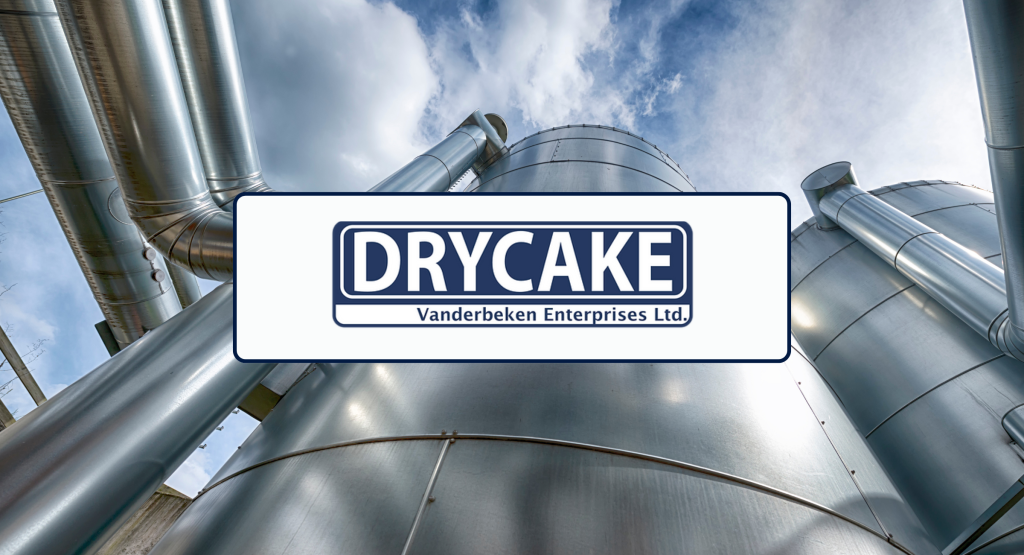
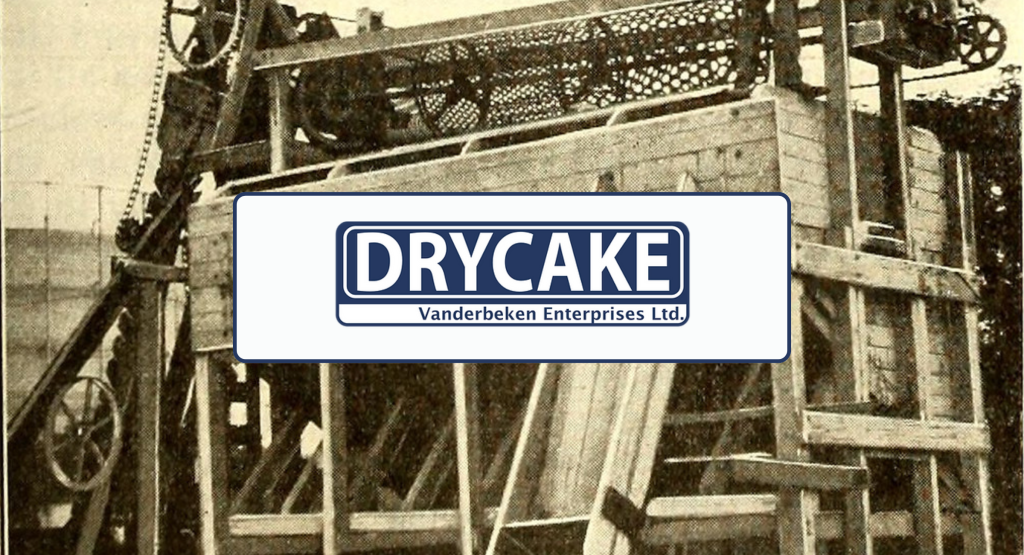
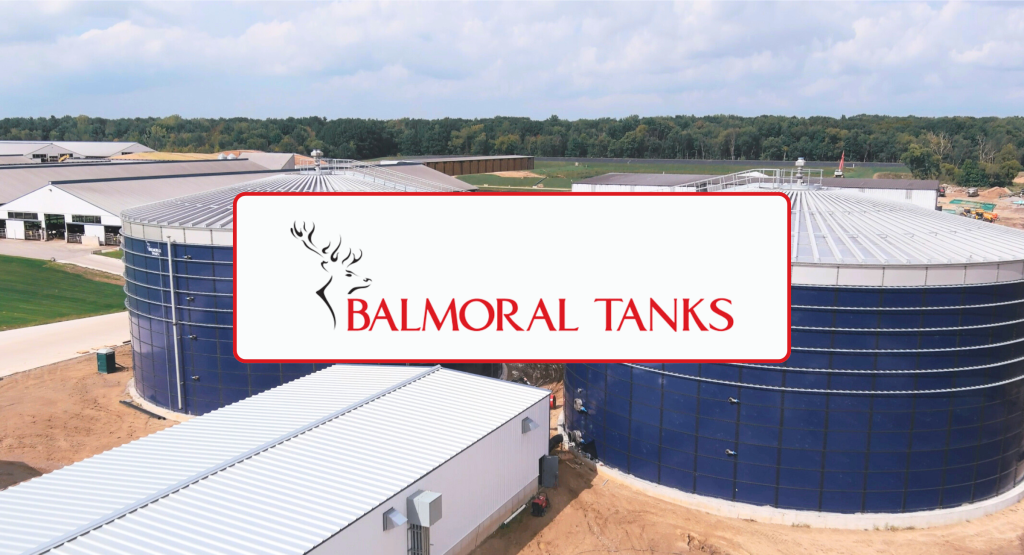
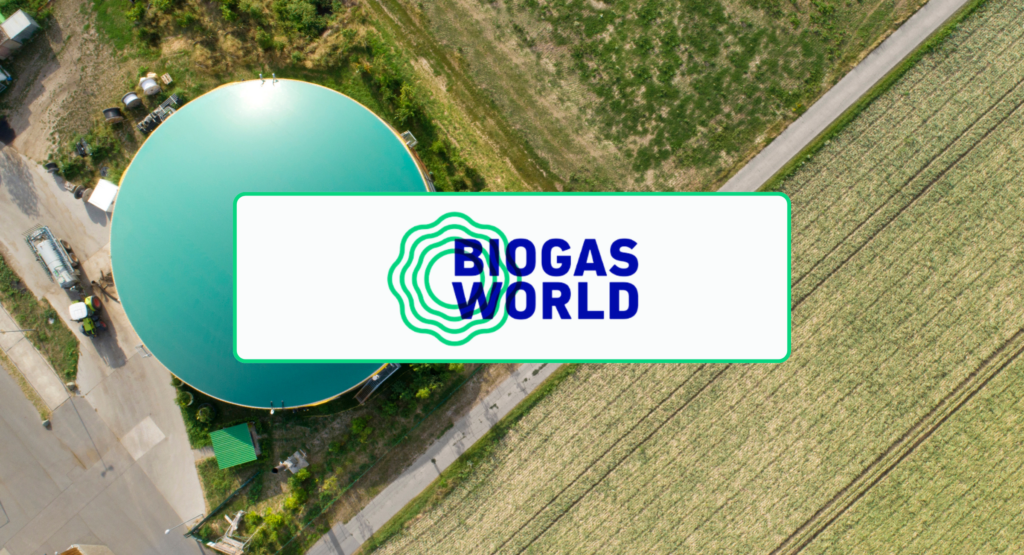
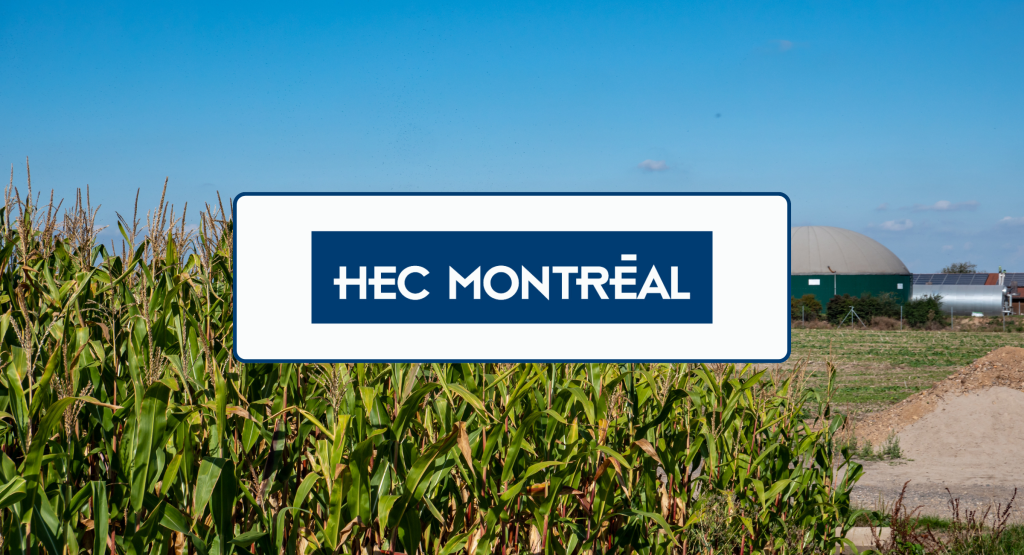
Comments